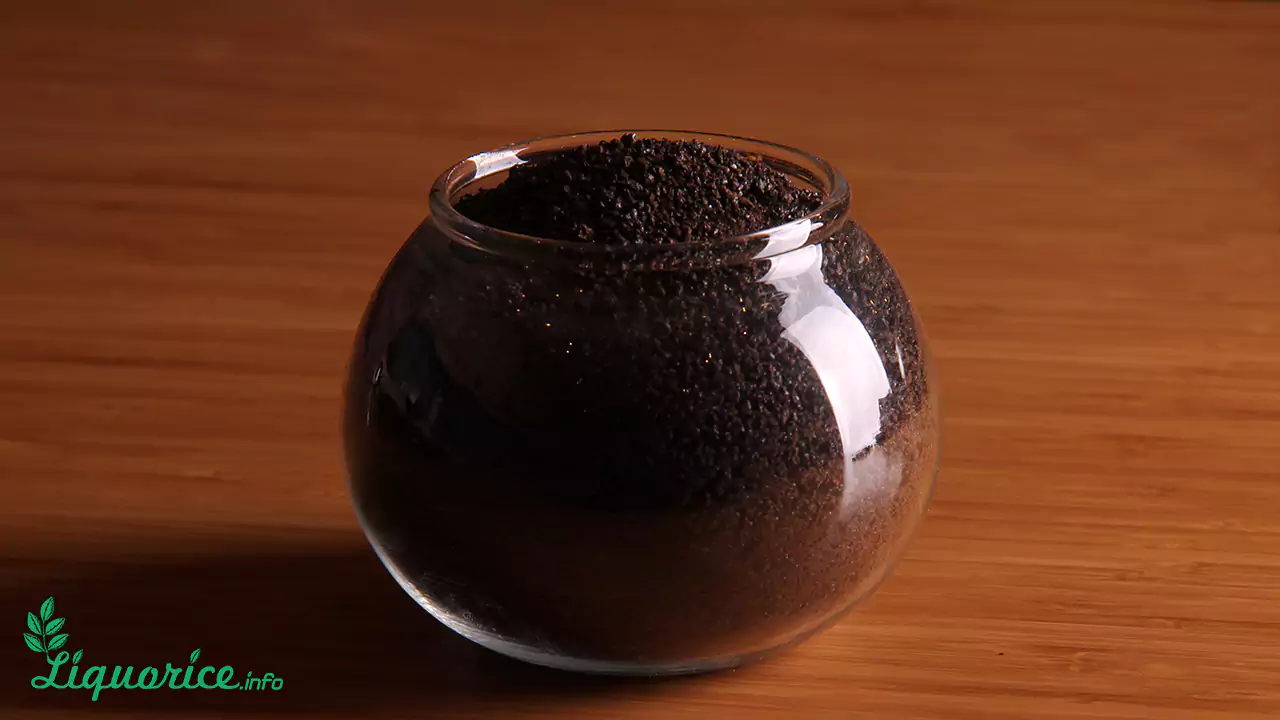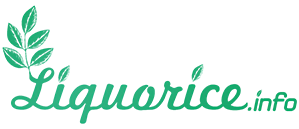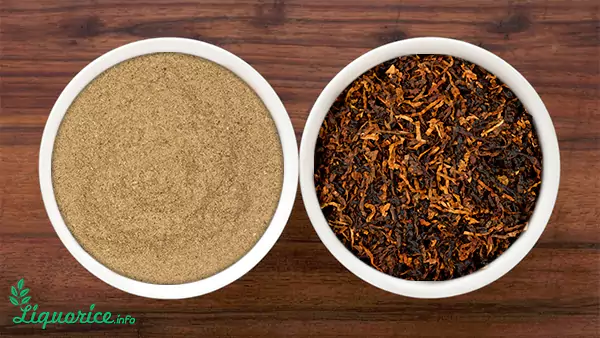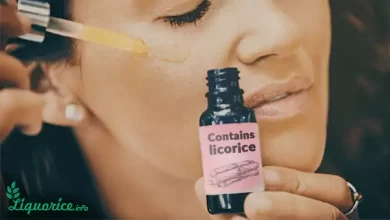The Usage of Licorice in Tobacco Industry
Why Is Licorice Used in Tobacco Industry?
Licorice is a perennial herb that has been used in food and medicine since ancient times. Licorice (or liquorice) is a wild plant which grows in Southern Europe, Western Asia and North Africa. The technical name of licorice is Glycyrrhiza Glabra. The sweetness in this plant is due to Glycyrrhizin. It is 50 times sweeter than sugar.
It has been mainly used to treat peptic ulcers, indigestion, acid reflux, cough, heartburn, bacterial and viral infections, eczema, psoriasis and some other diseases.
Today, it is consumed in various industries such as cosmetics, tobacco, pharmaceutical, confectionery, food and beverages and many others.
Licorice in tobacco industry is highly consumed and is very popular because of the changes it makes in tobacco. Sepidan Osareh Jonoob Co. presents some information about the usage of licorice in tobacco industry.
Why Is Licorice Used in Tobacco Industry?
Tobacco industry is the main consumer of licorice. This plant gives pleasant and sweet flavor to the tobacco products.
There is a feeling of irritation in throat and airways after smoking, in addition to a bitter and harsh smell and taste in mouth. Licorice in tobacco removes these annoying feelings after smoking.
Licorice makes tobacco products such as cigarettes more pleasurable. Because it improves tobacco flavor. On the other hand, due to existence of glycyrrhizin in licorice, it creates a sweet taste. When it is burnt, it produces caramel flavor which is popular among consumers. Moreover, glycyrrhizin acts as an agent to open airways, as a result consumers can inhale tobacco products more deeply which it causes that nicotine will be fixed. Licorice maintains moisture in tobacco and prevents from its dryness. It also decreases dryness in mouth and throat after using tobacco which is enjoyable for consumers. This plant is able to harmonize the flavor in cigarettes. It enhances the absorption of even flavors distributed in tobacco. So, it plays the role of a surface-active factor during the casing ingredients process. It increases stability in tobacco.

How Is Licorice Used in Tobacco Industry?
Licorice is added in different stages in tobacco production. It is estimated that up to 4%, licorice can be added to cigar, chewing tobacco and other products.
The studies showed that with different forms of licorice extract used in cigarette tobacco, adding licorice extract at levels of less than 5% does not change the smoke chemistry or biological effects associated with mainstream cigarette smoke.
Some studies showed that oral toxicities of licorice extract and glycyrrhizic acid are low. Consumption of glycyrrhizic acid by mice for 96 weeks did not indicate any chronic toxic or carcinogenic effects. Other studies proved that glycyrrhizic acid does not cause heritable chromosomal defects in rats and mice. Just huge amount of glycyrrhizic consumption results in high blood pressure, low level of potassium, abnormal heart rhythm and weakness in muscles.
Up to 4% is usually used in tobacco products. The level of glycyrrhizic acid in licorice preparations varies from 7-39% w/w. So, the accurate measurement of glycyrrhizic acid in tobacco products is not possible because of this variation. But it seems improbable that usage of glycyrrhizic acid due to smoking exceeds the standard dose of licorice oral consumption. Generally, using licorice in tobacco products at the standard level is safe.
Licorice in the form of powder, paste and block can be used in tobacco industry.
The Disadvantages of Using Tobacco
On the one hand, there is nicotine in tobacco products which is addictive. On the other hand, adding licorice to these products makes them more pleasant. Thus, consumers tend to use more cigarettes or other tobacco products that is a real danger to their health. Other chemical substances like toluene and phenol have harmful effects on our body. Using tobacco hurts our longs and respiratory system. In long terms it leads to different cancers.

Written by: Sepidan Osareh Jonoob Co.
Edited by: Meysam Shokripour
References :iranlicorice.com






